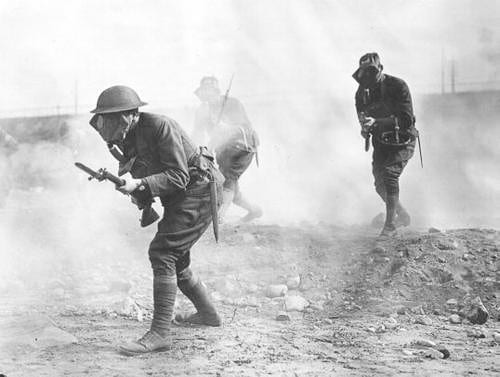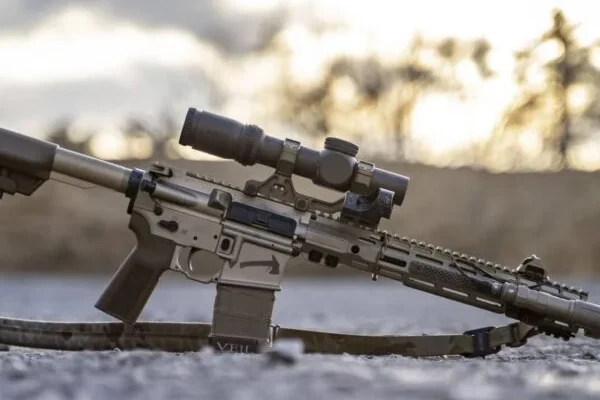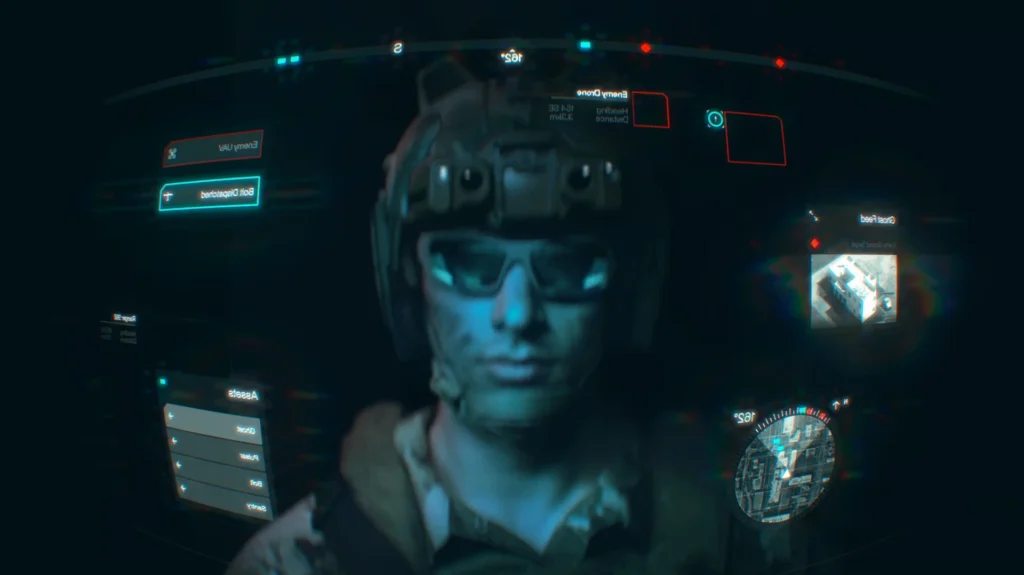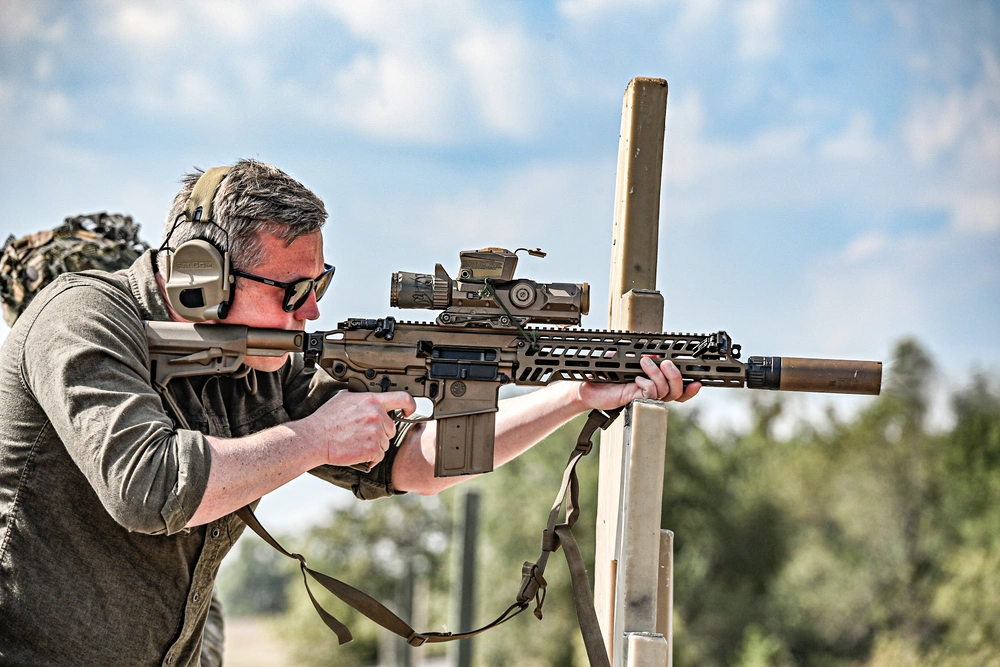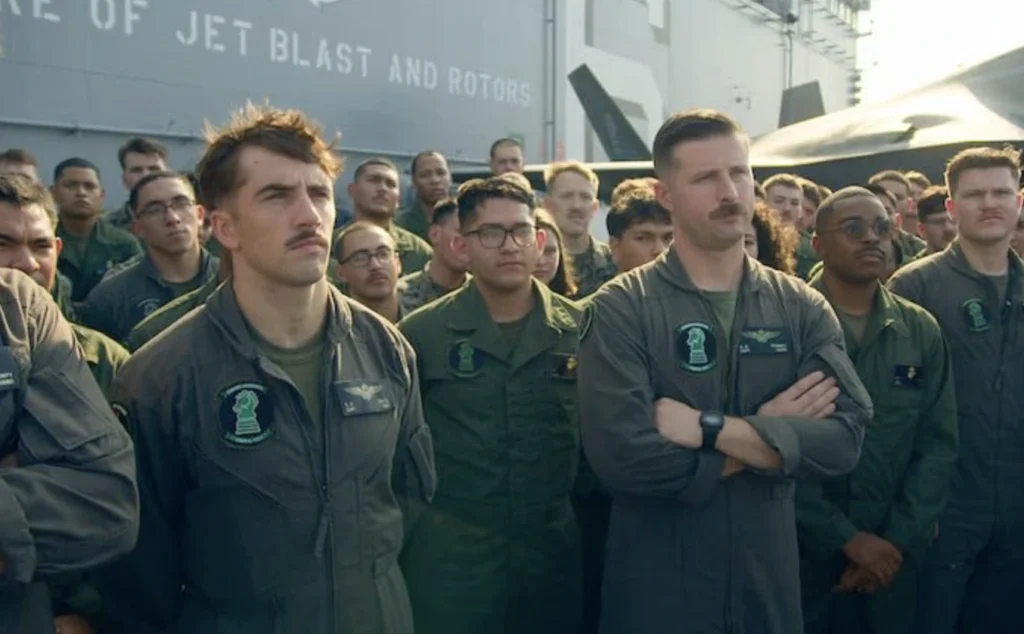World War I brought about a massive upheaval in how wars were fought. The mass introduction of tanks, planes, machine guns, flamethrowers, and poison gas alongside the use of horses, swords, and calvary charges created a war unlike any other. And when America entered the war, they brought with them a weapon that would give them an unrivaled advantage in trench warfare, the trench gun.
What’s a trench gun
The trench gun is a shotgun adapted for military use during World War I. These guns were commercial repeating shotguns with trimmed barrels. The shortened barrels allowed them to be used in the tight quarters necessitated by trenches. Most trench guns were also fitted with a heat shield and bayonet mount.
The end result was a very fearsome close-quarters weapon that could rapidly clear a portion of the trench. This cleared portion could be used as a foothold for troops to pour into, almost like a beachhead that allowed soldiers to further clear the trench. Trench guns packed five to six rounds of 12-gauge buckshot, with each round firing nine .33 caliber pellets per shot.
This close-range firepower dealt a decisive blow to an enemy fighter and also ensured the shotgunner didn’t have to have perfect aim to put pellets on target. Let’s take a closer look at the trench guns of World War I.
The Winchester M1897
The Winchester M1897 was the most common trench gun in World War I. This Winchester shotgun was not the first pump shotgun but was the first to achieve widespread acclaim. The gun was invented by John Moses Browning. Before WWI, it had already been used with the military in the Philippine-American War and in chasing Pancho Villa across Mexico.

The M1897 lacked a disconnector, and this allowed troops to slamfire the hammer-fired gun. Slamfiring allowed trench guns to be fired extremely fast; all that soldiers needed to do was hold the trigger, and the gun would fire every time the pump was worked. The M1897 proved to be a fearsome weapon, especially when combined with a bayonet.
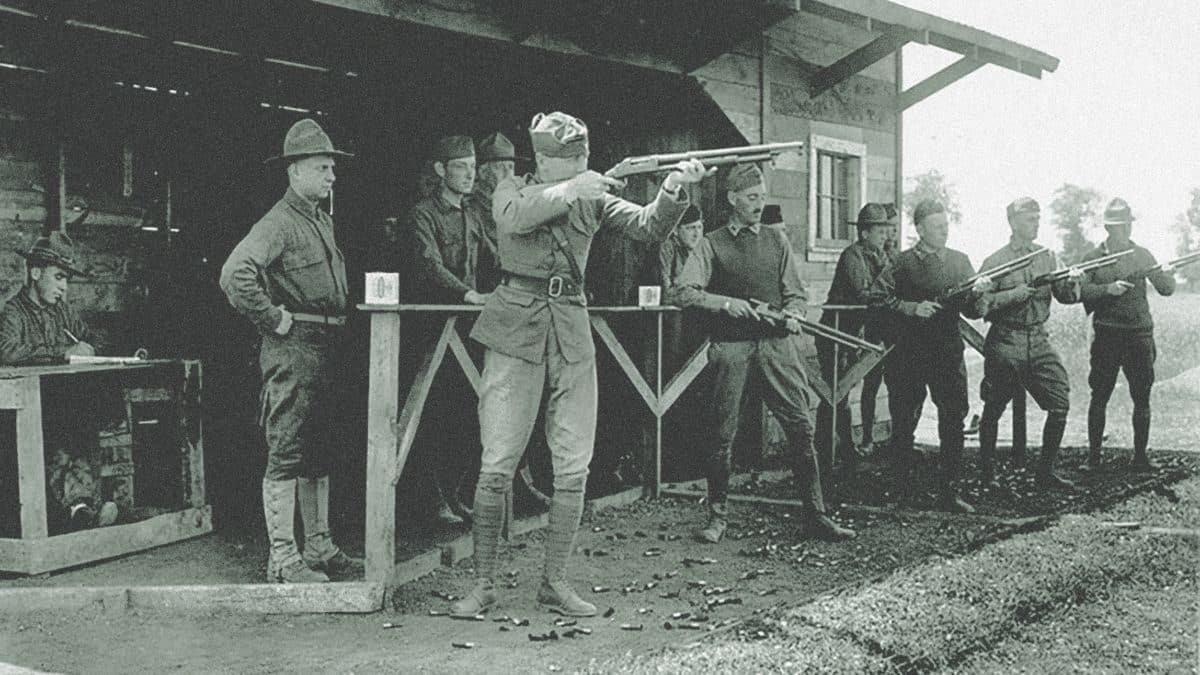
The M1897 served well and proved itself to be a very capable fighting weapon. The pump-action, repeating design made the weapon easy to handle. It would go on to inspire every other combat shotgun in the world.
Related: M1917 Enfield: The forgotten rifle that won World War One
The Remington M1910-A
Remington designed the Model 10 in 1908, and when World War I came around, they produced 3,500 trench gun variants for U.S. troops. The trench gun variant had its barrel cut from 30 to 23 inches total. On top of the barrel, they attached a wooden heat shield and a bayonet lug. This became the Model 10-A.

The Model 10-A was a pump-action shotgun designed by John Pedersen, one of the most underrated firearms designers in the world. Although it utilized a pump-action design, unlike the Winchester models, it loaded and ejected shells from the bottom of the gun going away with the side-mounted ejection port.

This reduced entry of debris and materials into the receiver and helped improve overall reliability. Plus, it was easier for lefties to use.
It’s unclear how many of these saw action in World War I. It is known they were used up until the 1930s in the hands of Marines.
The Winchester M1912
The Winchester Model 1912 or M1912 was meant to be an improved version of the M1897 shotgun. The M1912 did away with the external hammer of the M1897, and the gun utilized a protected internal hammer. This streamlined the design and helped improve durability, safety, and reliability. The Army purchased approximately 20,000 M1912s for the Great War.

The M1912’s trench gun variant had its barrel trimmed to 20 inches overall and was fitted with a perforated steel heat shield and a bayonet lug much like the M1897 trench gun. Also, like the M1897, the M1912 lacked a disconnector thus making slamfire possible.
Winchester called the M1912 the perfect repeater and it outperformed the Model 1897 in both reliability and sales. The M1912 cost a fair bit more than the M1897 but proved extremely popular. In fact, the military purchased another 80,000 when World War II began and the weapon ended up serving until Vietnam.
Related: My 5 favorites pieces of issued gear
The Browning Auto-5
The Browning Auto-5 was a semi-automatic shotgun designed by John Moses Browning. As a semi-auto shotgun, the weapon offered a rapid-firing action and was a softer shooting gun overall. The humpback, as it was known, was the rarest of shotguns used in World War I. You may even argue it’s not a trench gun.
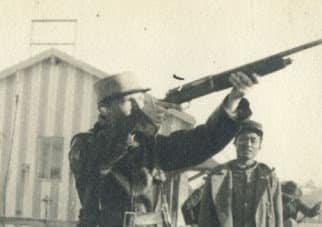
Unlike the other trench guns, the Auto-5 kept its long “sporting” barrel and lacked a heat shield and bayonet lug. It’s tough to find more than a few photos of the Browning in action, and it’s even hard to find how it was used. Yet pictures exist of soldiers carrying the big and long-barreled gun.
If I had to guess, I would say that trimming the barrel affected the reliability of the long recoil-operated guns in which the barrel moved with the bolt. Auto 5s would later have various barrel lengths, but it wasn’t done at the time.

The Auto 5 did allow soldiers to shoot shotgun shells quite rapidly, and the semi-auto option helped soak up recoil. The Auto 5 is still a fantastic firearm and served well after WWI and up into the Vietnam war.
How effective was the trench gun?
In theory, trench guns were adapted well to trench warfare, but in practice, it wasn’t all sunshine and rainbows. Shotguns of the time used paper cartridges that were essentially cardboard-like tubes. In the wet trenches, the shells fell part, broke, and swelled. This could cause serious issues with reliability.
Even so, the weapon proved to be effective enough to anger the Kaiser. He issued a formal protest claiming the shotgun violated the rules of war. The Kaiser protested a lot of things during the war, but the U.S. Army refused to stop using the weapon. When the Germans threatened to execute any man found with a shotgun, the Americans assured the Germans they would reprise these killings.
The trench guns became legendary during the war, and that legend has expanded into pop history. Without a doubt, they were great weapons, but they weren’t as common as the legends would have you believe. The rifle and machine gun dominated the field of World War I, and the trench gun was a specialist weapon that served its niche role well.
What’s your favorite trench gun? I tend to adore the classic M1897, but I’d like to hear everyone’s opinions.

